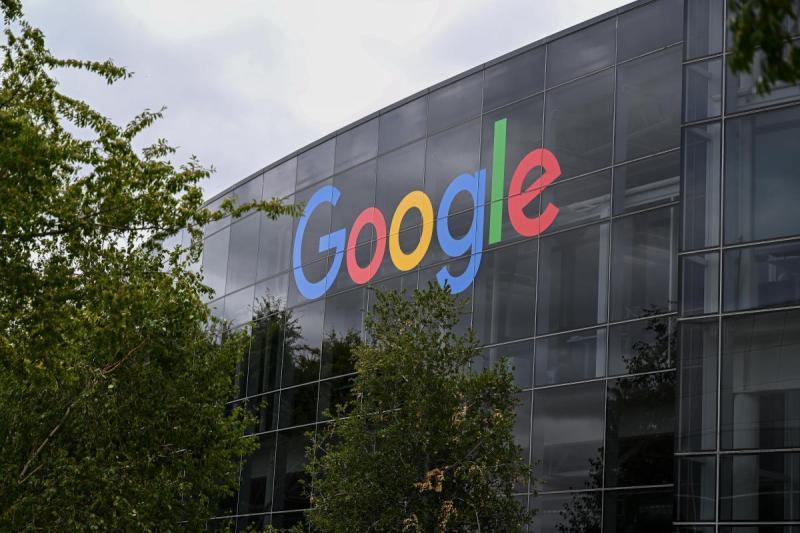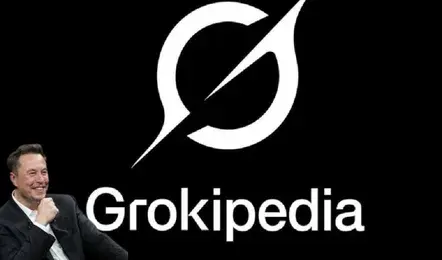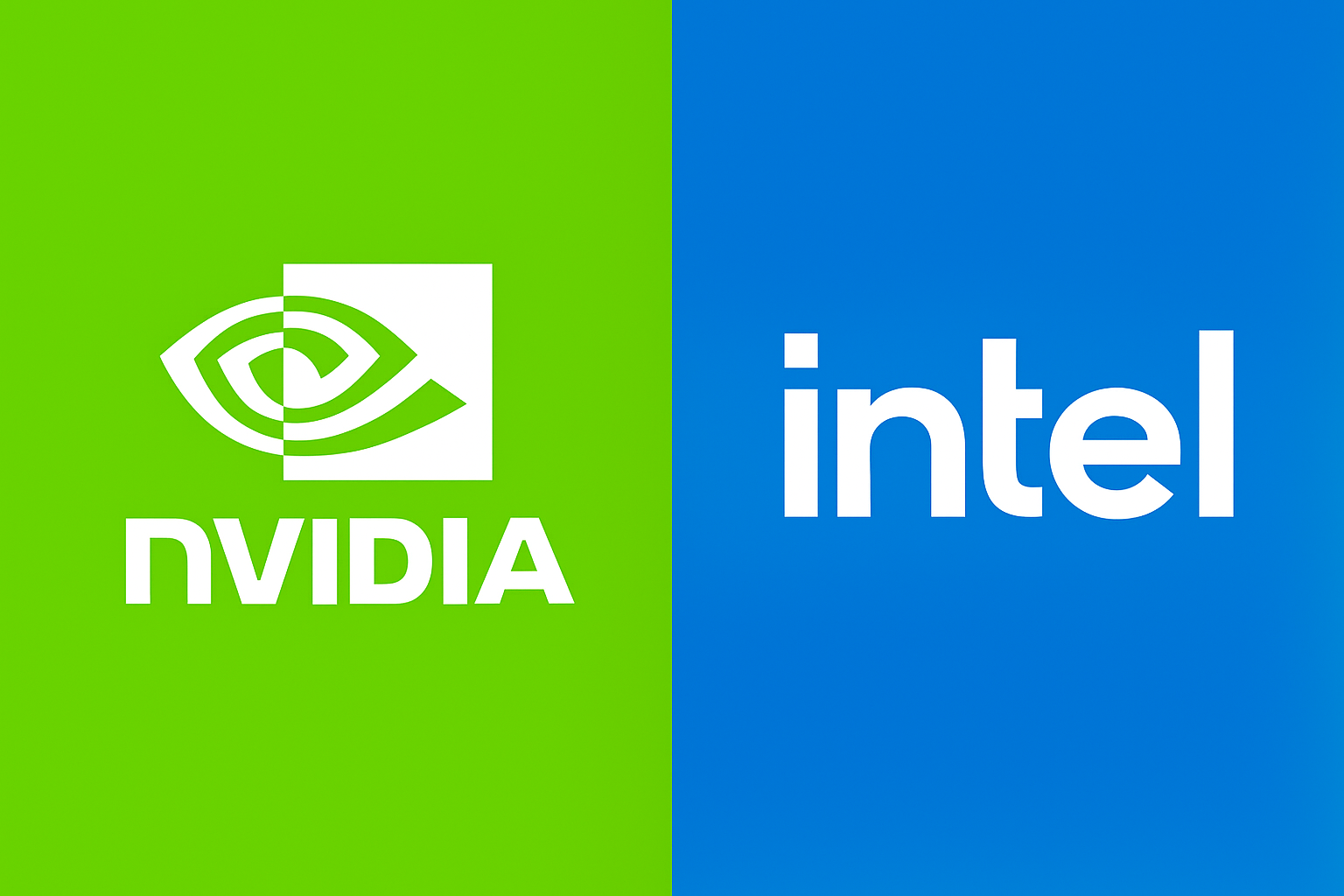Big Tech’s Trillion-Dollar AI Arms Race: Google, Amazon, and Meta Lead 2025 Spending Surge
In 2025, artificial intelligence isn’t just a technological frontier—it’s a capital-intensive battleground. Major tech companies are investing astronomical sums into AI infrastructure, reshaping global data pipelines and positioning themselves for long-term dominance.
According to financial reports and industry trackers, Google, Amazon, and Meta are together allocating over 0 billion this year alone toward AI and cloud computing. The broader AI ecosystem is expected to surpass the trillion-dollar mark in total investment by 2026.
Table of contents [Show]
Who’s Spending What in 2025?
Let’s break down the leaders in AI infrastructure investment:
- 🔹 Google: Approximately billion in AI and cloud infrastructure in 2025. This includes the expansion of Tensor Processing Units (TPUs), data center capacity, and internal model training.
- 🔹 Amazon: Nearly 0 billion allocated toward AWS upgrades, custom silicon development (Trainium and Inferentia), and large-scale foundation model support for enterprise customers.
- 🔹 Meta: Estimated to billion, focused on Llama model development, data center upgrades, and Meta AI’s infrastructure stack for products like WhatsApp, Instagram, and Threads.
These investments are not just R&D—they’re strategic moves to control compute power, storage scalability, and inference speed in an increasingly AI-reliant economy.
Why the AI Infrastructure Race Matters
The global competition for artificial general intelligence (AGI), AI-as-a-Service platforms, and real-time generative tools is pushing these companies into trillion-dollar commitments. Control over high-efficiency chips, model training pipelines, and low-latency delivery is becoming the tech equivalent of oil in the 21st century.
From generative search to AI companions and enterprise automation, every new application demands enormous infrastructure support. Without proprietary AI stacks and custom chips, companies risk falling behind.
⚖️ Legal Backlash and the Copyright Crisis
While hardware and infrastructure scale rapidly, the legal framework surrounding generative AI remains murky—and increasingly confrontational.
In 2025, lawsuits continue to pile up from artists, publishers, and record labels who claim AI models were trained on copyrighted works without consent. This includes class actions against Google DeepMind and Meta’s Llama training datasets.
This is where Adobe stands out.
🖼️ Adobe’s Responsible AI Stance: A Case Study
Unlike most Big Tech players, Adobe has committed to building AI models that respect content creator rights. With Firefly and other tools, Adobe has:
- ✅ Trained models only on licensed, rights-cleared content
- ✅ Implemented “Do Not Train” tags for creators
- ✅ Maintained transparency on model provenance
This approach not only builds trust with the creative community but may help Adobe sidestep regulatory challenges down the line.
🧩 What’s Next?
As demand for large language models, multimodal systems, and real-time AI grows, companies without foundational infrastructure may become dependent on those who do. The AI arms race is accelerating—and it’s not just about talent and algorithms anymore.
It’s about compute power, legal compliance, and trust.
🔔 Stay tuned as we continue to track AI investments, policy shifts, and ethical innovation throughout 2025.








